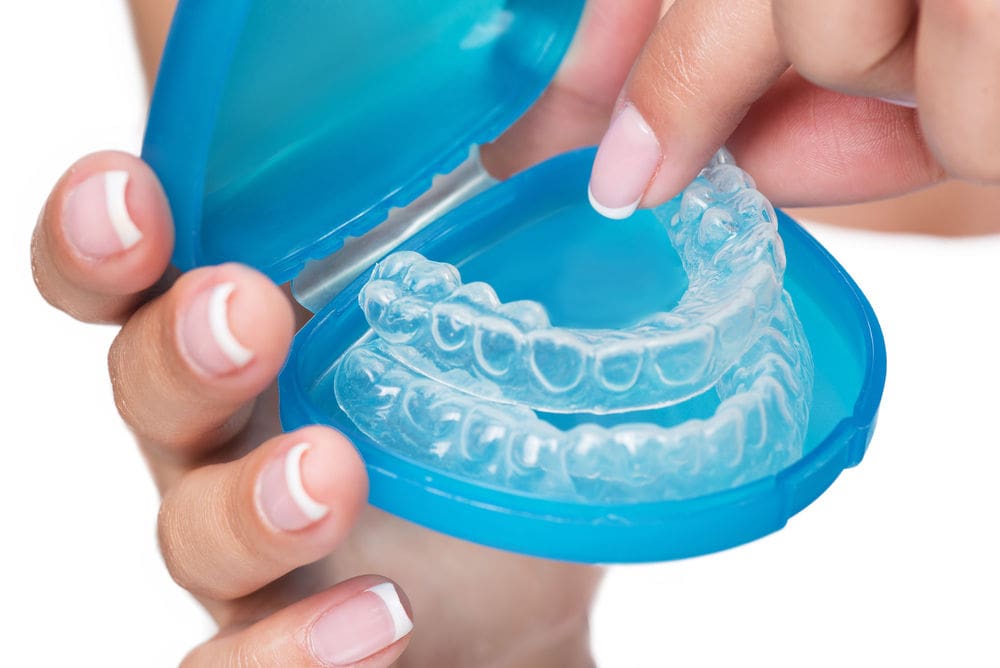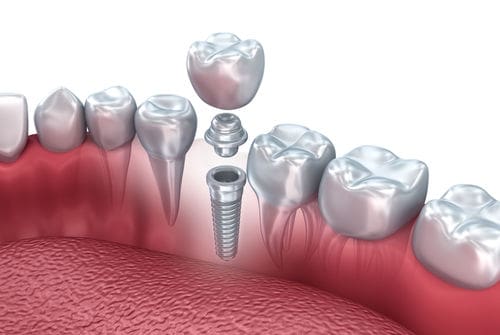Fillings may be beneficial if you are looking for strategies to fix cavities in your teeth. Here is a dental fillings guide that will explain all you need to know.
You are not alone if you are in need of dental fillings. The average American has three dental fillings, while one-quarter of all Americans have eleven fillings.
Fortunately, filling a cavity (or two) is a simple procedure that may be completed in just one visit to your dentist’s office. Here is a comprehensive guide about dental fillings.
What are Dental Fillings?
Dental fillings are a type of dental restoration which are used to fill cavities that have formed in teeth. A filling also helps restore the original shape of a tooth and prevents further decay.
What are the Types of Dental Fillings?
The three most common types of dental fillings are amalgam, composite, and gold. Amalgam is made up of a mixture of mercury, silver, tin, and copper and is often considered the least attractive option. Composite fillings are made from plastic resin and offer a much more natural look to your smile. Gold fillings are, well, gold! They’re also the most expensive option but can last upwards of 20 years with proper care.
Is the Dental Filling Procedure Intensive?
No, the dental filling procedure is not intensive. In fact, it’s usually pretty quick and easy. Your dentist will numb the area around the cavity with a local anesthetic before cleaning out the decay with a drill. Once the decay has been removed, the area will be cleaned and disinfected. The new filling will then be placed and shaped before being polished. The whole process usually takes less than an hour.
How to Care for Dental Fillings
Dental fillings require no special care, but it’s important to practice good oral hygiene habits like brushing twice a day and flossing daily. Be sure to visit your dentist regularly for checkups and cleanings.
It’s also important to avoid chewing on hard objects like ice or candy as this can damage your fillings. If you do experience any discomfort or sensitivity after your filling, be sure to contact your dentist right away.
Potential Problems With Dental Fillings
Dental fillings are generally safe, but a few potential problems can occur. In some cases, the filling can crack the tooth or come loose. If this happens, you will need to see your dentist right away as it can cause further damage to the tooth.
In very rare cases, an allergy to the materials used in the filling can occur. This is why it’s important to discuss any allergies with your dentist before having a filling placed.
When to Replace Dental Fillings
Most dental fillings will last for several years, but eventually, they will need to be replaced. The lifespan of a filling depends on the type of filling, the location of the filling, and how well you take care of your teeth. Amalgam fillings typically last 7-10 years, while composite fillings usually last 5-7 years. Gold fillings can last upwards of 20 years with proper care.
If you have a dental filling, be sure to visit your dentist regularly for checkups so they can monitor the condition of your filling. If you experience any pain or sensitivity in the tooth, be sure to contact your dentist right away, as this could be a sign that the filling needs to be replaced.
Conclusion
Dental fillings are a common and safe way to restore cavities in teeth. The procedure is quick and easy, and most fillings will last for several years. Be sure to practice good oral hygiene habits and visit your dentist regularly for checkups to prolong the life of your dental fillings.
For the best dentist in Manassas, you can visit Liberia Dental Care. We offer pediatric, general, and cosmetic dental care for patients of all ages, depending on their needs. Book an appointment with us to get checked.









